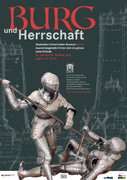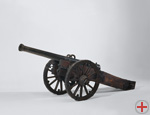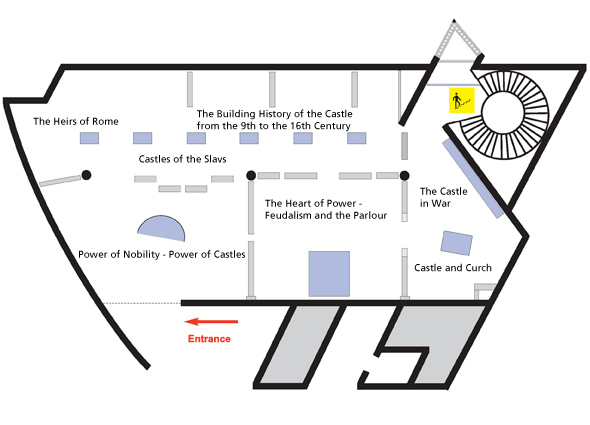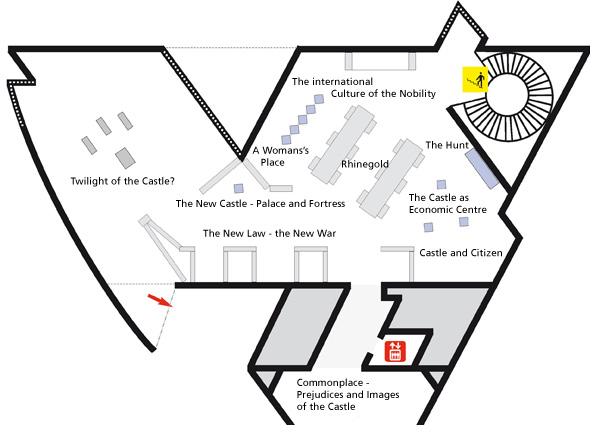




The introduction of artillery curtailed the value of castles. Cannons could now aim better and it became cheaper to cast them. With well-directed shells it was possible to break down walls, towers and gates; the castle was "ripe for the attack". At the same time the military role of the nobility was disappearing. Infantry, cavalry and artillery decided the battle. In the 15th and 16th centuries many castles were destroyed, while a few were rebuilt into modern fortresses. The lesser castle barons were not in a position to undertake such refurbishing. They retained the older architectural forms and transformed the castle into the seat of administration or of the family. The time in which castles served the nobles as both defence and seat of power, administration and residence, came to an end. Nevertheless, castles still play a role in the self-perception of many aristocratic families as the place that has given them their name: Habsburg Guttenberg, Putlitz. The last offshoots of the age of the castle are legal terms, coats-of-arms, official seals – and the "burgher", today's citizen, once lived in a burgh.


